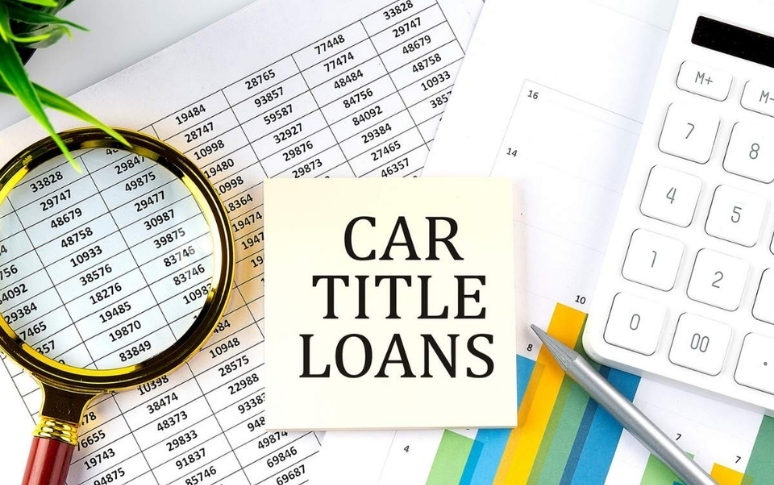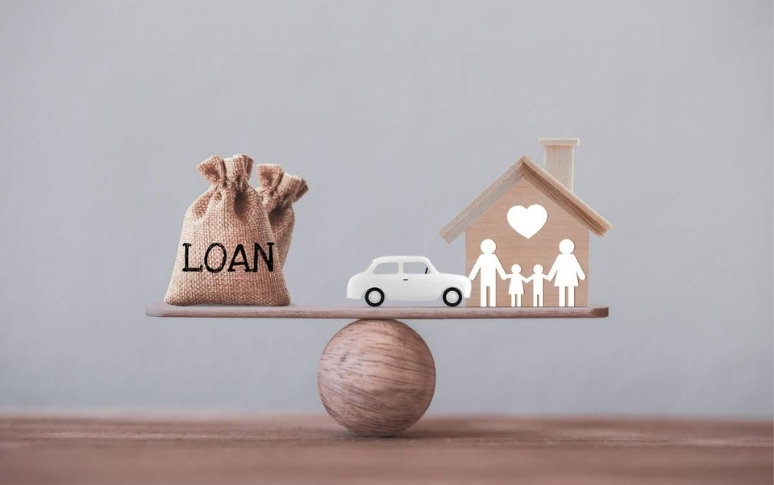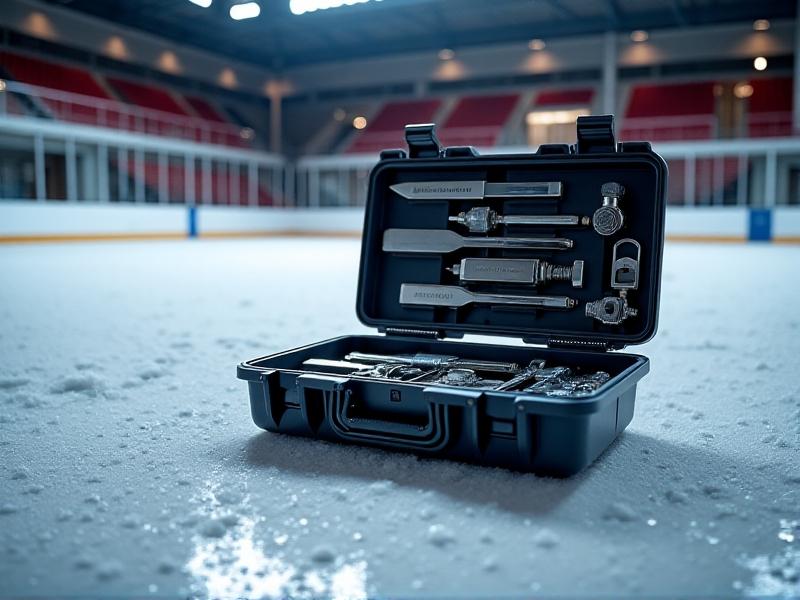Car Title Loan And Its Risk: How To Protect Your Vehicle
Do you need money right now? It may seem like a good idea to get a car title loan, but it might cost you your car and keep you in debt. Find out why these loans are seen as predatory and what safer options you have that can give you the money you need without putting your car at jeopardy.
1. Understanding Car Title Loans
You can get short-term loans of $500 to $1,000 with very high APRs (above 300%) by using your car as collateral. Most of them seek repayment within 15 to 30 days, which is too short a time frame for many borrowers.
Title loans are different from regular secured loans in that they are meant to be hard to pay off quickly. Lenders usually want people who own their cars outright and have bad credit and low income, so they don't have many options for getting money.

2. The Dangerous Mechanics of Title Lending
When you get a title loan, you give up the title to your automobile but keep the car. The loan amount is usually only 25% to 50% of the value of your car, which gives the lender a lot of extra money.
Most loans that are due in 30 days or less have debtors "roll over" into new agreements, which costs a lot of money each time. Studies reveal that the average borrower pays $1,200 in fees for a $1,000 loan, which shows how quickly costs may get out of hand.

3. The Real Cost of Title Loans
A $1,000 loan with a 25% interest rate will cost $250 in finance charges after 30 days. If you roll over the loan, you'll have to pay another $250 the next month, bringing your total costs to $500 without lowering your main debt.
These charges take up about half of a typical borrower's monthly income, making it practically hard for them to pay their bills. The cycle usually goes on until the borrower either pays back several times the initial amount or loses their car to repossession.

4. The Risk of Vehicle Repossession
Losing your car is the worst thing that can happen. If you don't pay your bills, lenders can legally take your automobile back without warning in several jurisdictions, no matter how much you've already paid.
When you lose your transportation, it causes a chain reaction of problems that affect your job, medical visits, and family duties. This typically makes money problems worse, especially in places where public transit is limited, which could make it harder for you to meet your basic needs.

5. Personal Loans as a Safer Alternative
Traditional personal loans are much safer than other types of loans because they have clear conditions, moderate interest rates (usually less than 36% APR), and payback periods of 2 to 5 years that are easy to manage, so you know when your payments are due.
Even while personal loans look at credit history, many lenders will work with people who don't have excellent credit without putting their most important assets at danger. Paying back a personal loan on time might help your credit score go up over time, which starts a good financial cycle instead of a bad one.

6. Emergency Assistance Programs
Look into emergency aid programs that can help you right now without putting you in long-term debt before you think about high-interest loans. A lot of municipalities have programs that help with housing, utilities, food, and even monetary grants.
Get in touch with local community action groups, religious groups, and nonprofits that help with emergencies. LIHEAP and other government programs can help you pay your utility costs. Housing authorities may be able to help you pay your rent. Many hospitals provide programs to help patients with medical bills if they meet certain criteria.

7. Negotiating with Existing Creditors
It's usually best to deal directly with creditors than to take on more high-interest debt. Most well-known businesses provide initiatives to help consumers who are having short-term money problems, such as extending payment deadlines, waiving fees, or lowering interest rates.
Before your accounts are too behind, get in touch with your creditors. Utility companies often let you set up payment plans, medical providers prefer payment plans to collections, and even mortgage lenders have forbearance alternatives that let you temporarily lower or stop payments when times are tough.

8. Building Financial Resilience
The greatest long-term answer is to build up your emergency funds and enhance your credit so that you have more financial stability. To avoid having to take out loans for typical financial crises, start with just $500 to $1,000 in savings.
To raise your credit score, make regular payments, pay down your credit card debt, and stay away from opening too many new accounts. If you need to fix your credit, think about getting a secured credit card or a credit-builder loan. A lot of credit unions have financial education programs that give you specialized help based on your needs.

9. Alternative Borrowing Options
There are better options than title loans when you really need to borrow money:
Credit union payday loans with capped rates (usually 28% APR)
Peer-to-peer lending sites that link borrowers with private investors
Credit card cash advances are pricey, but they cost a lot less than title loans.
Loan services through employers or paycheck advances so you can get your money early
Family loans with clear terms for low- or no-interest choices









